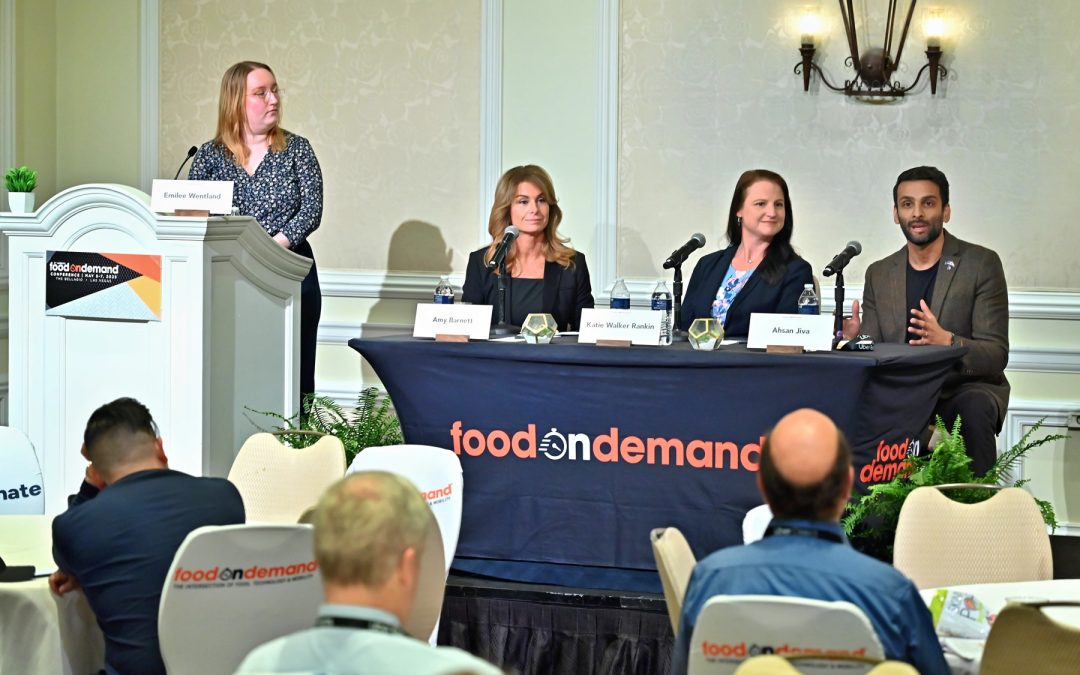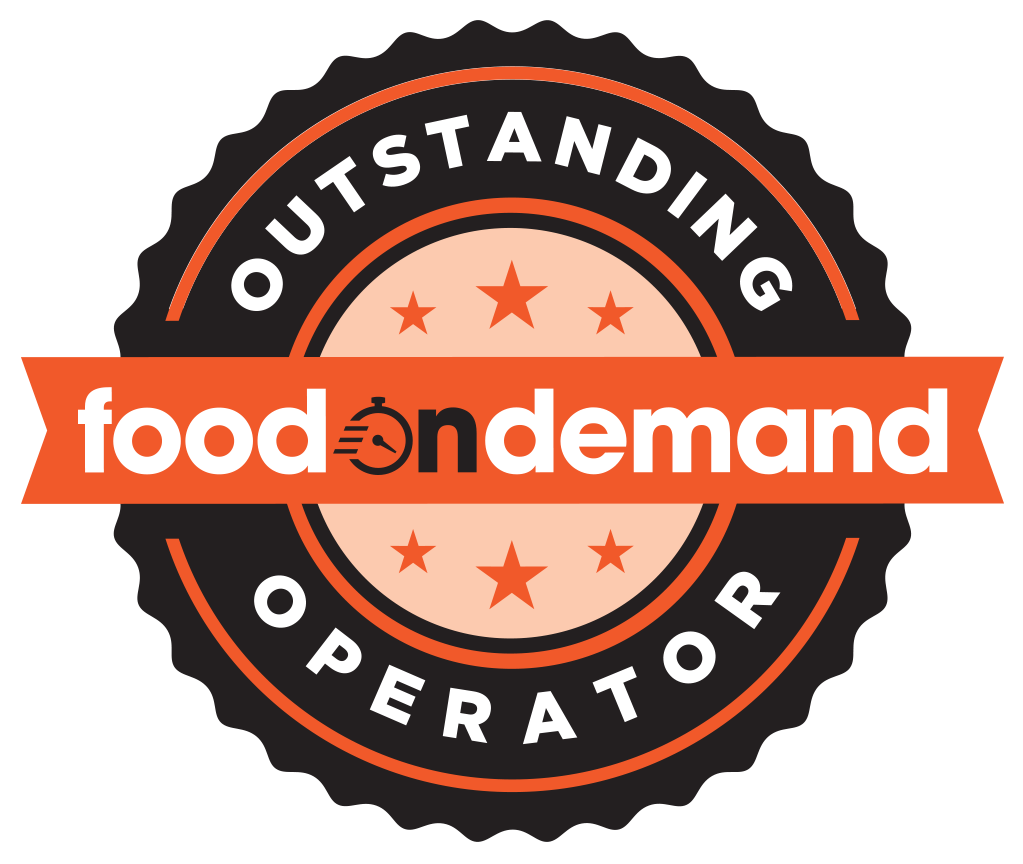Ahsan Jiva, executive vice president of strategy and transformation at Mellow Mushroom, understands that brands often have an endless to-do list when it comes to attracting and retaining consumers. It can be tempting to do too much. This is a recipe for ulcers. He follows a process at Mellow Mushroom that keeps stress at bay.
“Ruthless prioritization,” he told an audience during the eighth-annual Food On Demand Conference. “There are a lot of shiny objects out there. Our job is to make sure there’s a strategy for how we use our resources as we know there are a lot of things that could be done. We keep our perspective grounded on listening to team members and guests while future-proofing our tech stack.”
Katie Walker Rankin marvels at the industry transformation in the last five years.
“Prior to the pandemic, we only had a handful of restaurants that had off-premises ordering,” she said of Landry’s, which operates such brands as Bubba Gump Shrimp Co. and Joe’s Crab Shack. “We started with one tablet and enrolled 450 restaurants in four weeks. The next year we introduced first-party ordering, using DoorDash Drive. Then we partnered with ezCater for catering.”
Cracker Barrel is old-fashioned. That’s part of its proposition. “We are deep-rooted in tradition,” said Amy Barnett, vice president of loyalty and digital experience. “We provide country-inspired wholesome food and the opportunity to site around a table and slow down with your family.”
Yet Barnett realized that the brand would need to speed up its tech reliance to keep growing. It needed an upgrade.
“We did not have a data infrastructure 18 months ago,” she said. “We had to build it, which took about a year.”
Now that it’s up and running, the brand is reaping the benefits.
“Since we integrated our customer-data platform, we have more than 8 million of our guests in our loyalty program, and 30 million consumers total in our system,” she said.
The brand can do more with consumer acquisition, retention, and recovery.
“We can pull data insights together from across our ecosystem, from the stores to the app to the website, so we can know in a moment how we performed,” she said.
For brands that sense they should do more with tech but are intimidated, the panelists offered clear advice. Try things. Carefully.
“We include operators in a beta phase before we roll out new technology,” said Barnett.
Walker Rankin agrees with the don’t-rush-it approach.
“Test, test, test,” she said.
And don’t be afraid to negotiate with a tech vendor if you feel an offering won’t provide the same value for all of your locations.
“You may have low-volume locations where that monthly subscription will hit them hard,” she said. “Have discussions with the tech partner to negotiate a different price point for those locations. It’s worth the ask.”
Be intentional about what you’re doing and don’t jump in willy-nilly, advised Jiva.
“Start with the why,” he said. “There are a lot of solutions looking for a problem. Only select a solution that solves the problem you’re looking to solve. Think like a CFO. Solve for your most basic need first.”
And don’t neglect packaging, which offers an opportunity to convert consumers to first-party orders. That can include signage in your stores or including info on your bags during third-party deliveries, said Walker Rankin.
The bottom line is simple.
“The brands with the best data win,” said Barnett. “Make a unified customer profile your grail.”


